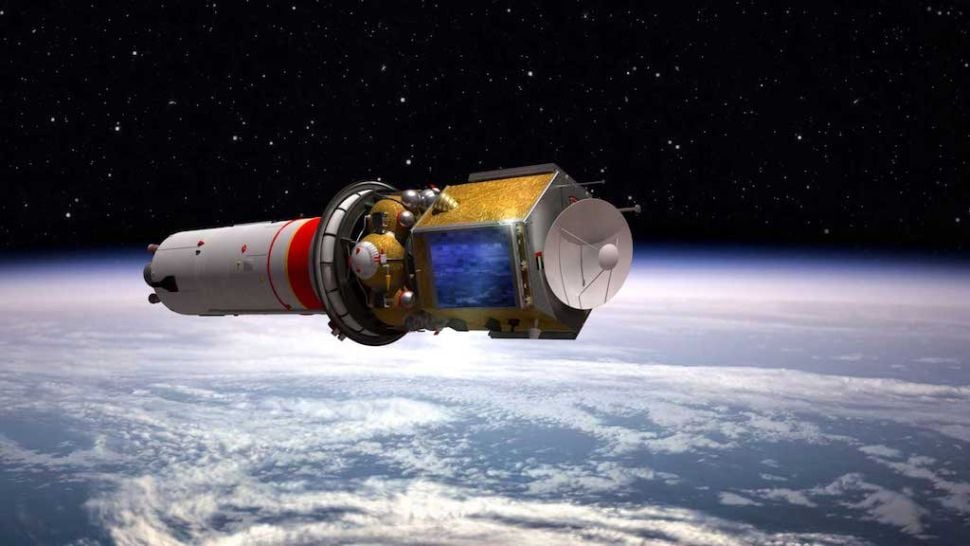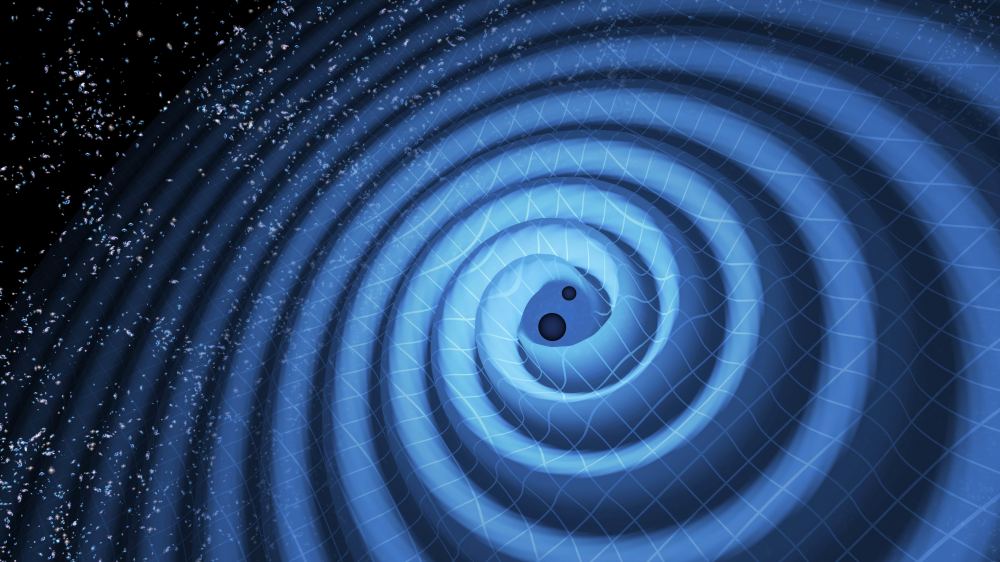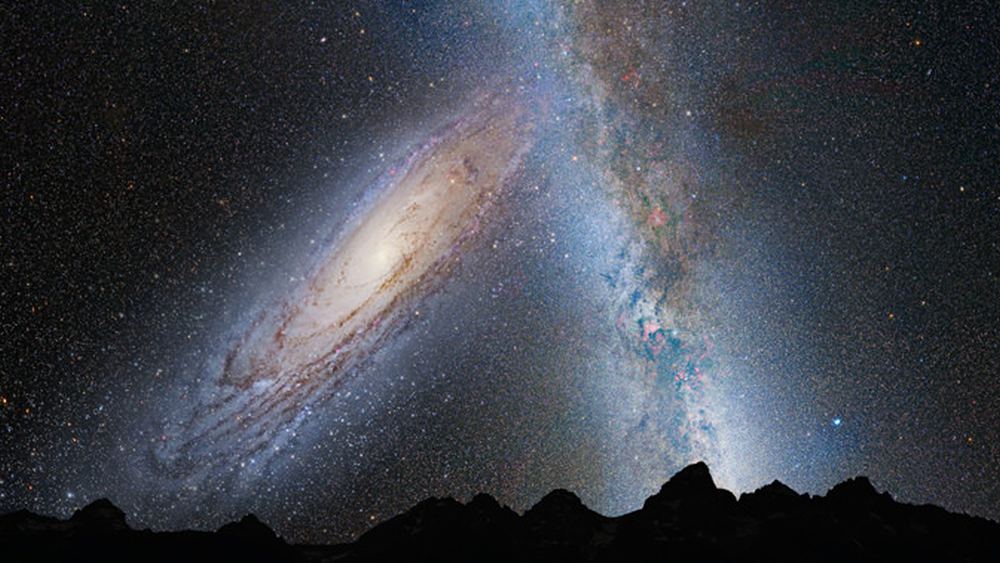
Continue reading

Continue reading

Continue reading

According to a new study, the Perseverance rover could find evidence in Jezero that will allow scientists to reconstruct the planet's chronology.
Continue reading

Continue reading

Continue reading

Continue reading

Globular clusters can be home to lots of stellar-mass black holes, rather than a single intermediate mass black hole.
Continue reading

According to a recent statement, NASA has contracted SpaceX to launch the core elements of the Gateway to the Moon with the Falcon Heavy by 2024.
Continue reading

Continue reading

Using data from the MRO's HiRISE camera, a team of researchers from UC Boulder have provided a starting point for reconstructing the history of Mars' climate.
Continue reading

A deep-space mission is about to pull a 'vanishing act,' through mid-February, as the European Space Agency's Solar Orbiter (affectionately known as 'SolO' to mission controllers) makes a crucial pass behind the Sun.
Continue reading

Continue reading

Continue reading

Continue reading

New research shows there is a divide between how gas planets and rocky worlds form.
Continue reading

Continue reading

Researchers recently simulated what geological conditions would be like on Super-Earths, and found that a few known exoplanets are worth checking out!
Continue reading

Continue reading

Continue reading

Continue reading

Continue reading

Continue reading

Continue reading

The UAE Hope mission arrives at Mars today, kickng off a two year study of the Martian atmosphere. This is the first mission mounted by an Arab nation and offers inspiration for the future!
Continue reading

If dark matter is made of sterile neutrinos, it should emit a distinct signature of x-rays.
Continue reading

According to new research led from MIT, ancient dwarf galaxies may have had more dark matter than previously thought.
Continue reading

Continue reading

Continue reading

Continue reading

Continue reading

Continue reading

Continue reading

Continue reading

In three weeks, NASA will be conducting its second hot fire test with the SLS. If all goes well, the fully-integrated system will launch in November!
Continue reading

Continue reading

A team of researchers from India conducted a study that considers all the hazards of sending crews to Mars (which was also presented at this year's Space Biology Virtual Workshop)
Continue reading

Continue reading

Continue reading

Maine-based BluShift Aerospace takes its first step, with the launch of a unique rocket.
Continue reading

Continue reading

Continue reading

Continue reading

Water simulations that small gravitational waves near a black hole can significantly change the black hole's behavior.
Continue reading

Continue reading

Continue reading

According to new research that looks at MAVEN data, Mars' larger moon (Phobos) could contain a record of how Mars' underwent significant climate change.
Continue reading

SpaceX just conducted their second high-altitude flight tests, which once again ended in an explosion. On to SN10!
Continue reading

Continue reading

Continue reading


















































